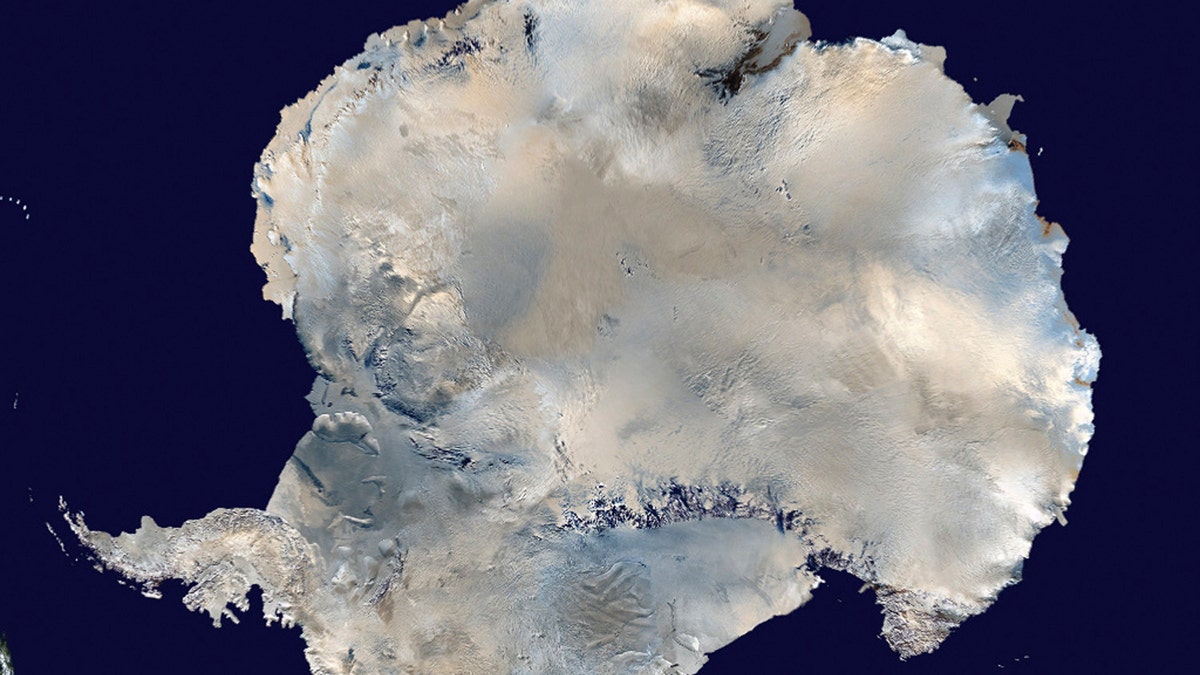
A satellite view of Antarctica is seen in this undated NASA handout photo obtained by Reuters February 6, 2012. Russian scientists are close to drilling in to the prehistoric sub-glacier Lake Vostok, which has been trapped under Antarctic ice for 14 million years. REUTERS/NASA/Handout
A large, ribbon-shaped lake may be hiding beneath the ice that covers Antarctica, and it may contain countless life forms – unlike any others on earth – that have been trapped, undisturbed, in the frozen continent for millions of years.
Scientists presented radar data that suggest the presence of the lake at the European Geosciences Union meeting in Vienna last week.
The lake, presumed to be lying in a massive canyon system along the continent’s eastern coast in Princess Elizabeth Land, is thought to be 87 miles long and 12 miles wide – much smaller than Lake Vostok, which at 160 x 30 miles is Antarctica’s largest subglacial lake.
Related: March set even more global temperature records, NOAA reports
But the new lake, if confirmed, lies only 62 miles from the nearest research base, which would make it much more accessible than Vostok, which is in a very remote area of the frozen continent.
“We’ve seen these strange, linear channels on the surface, and are inferring these are above massive, 1000-kilometer-long channels, and there’s a relatively large subglacial lake there too,” Martin Siegert of Imperial College of London, a member of the team that collected the data, told New Scientist.
A group of researchers from China and the U.S. flew over the area recently to collect ice-penetrating radar images. Scientists are optimistic that a review of their data next month will confirm the existence of the lake.
Related: British officials unlikely to name new polar vessel Boaty McBoatface
“It’s the last un-researched part of Antarctica, so it’s very exciting news, but it’s still tentative pending full confirmation,” Bryn Hubbard of the University of Aberystwyth, U.K., told New Scientist.
Other subglacial Antarctic lakes have revealed numerous life forms that have been buried, untouched, under the ice for millions of years. Scientists say the discovery of microbes and single-cell organisms frozen in ice raises the possibility that similar life may be found in ice on the moon, or in the polar ice cap of Mars, or on Jupiter’s moon Europa.
Siegert said the lake’s proximity to the research base will make it much easier for scientists to investigate its biology.




















